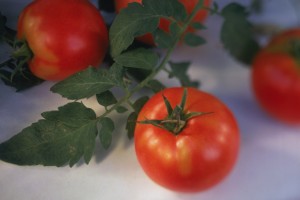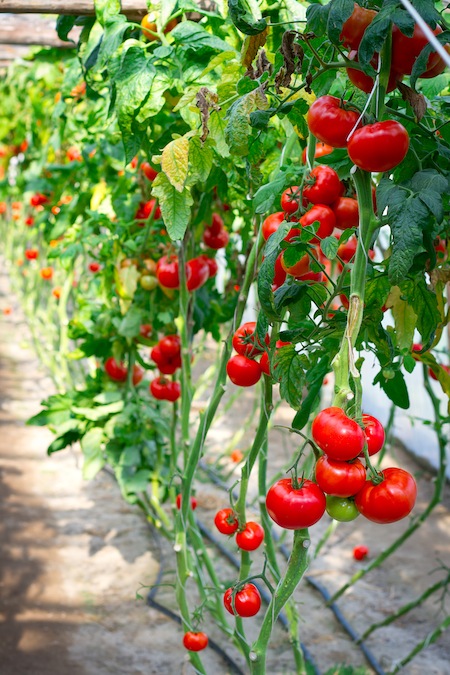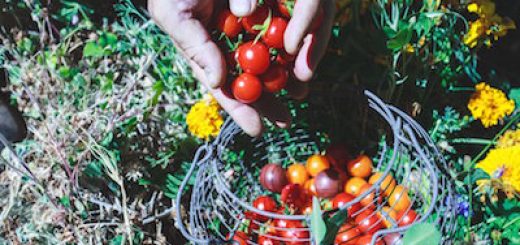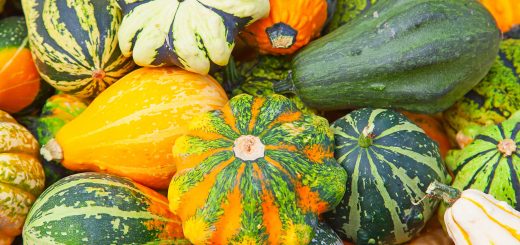Selecting Tomato Varieties
Kathy Bond-Borie,
Selecting Tomato Varieties
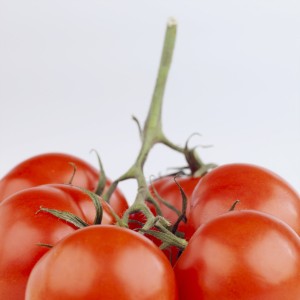 Growing your own tomatoes is the best way to truly savor the taste of this vegetable that captures the essence of summer. But with thousands of varieties available — from cherished heirloom types to the hottest new hybrids — how do you narrow your choices?
Growing your own tomatoes is the best way to truly savor the taste of this vegetable that captures the essence of summer. But with thousands of varieties available — from cherished heirloom types to the hottest new hybrids — how do you narrow your choices?
Ripening time. If you’re buying seeds to start your own plants, read catalog descriptions carefully to discover “days to maturity.” This indicates approximately how soon you can expect ripe fruit once you’ve transplanted seedlings to the garden. Plants sold at garden centers are often labeled “early,” “midseason,” or “late” to indicate when the variety should start ripening.
Determinate vs. Indeterminate. Determinate plants stop growing once the flower buds emerge. Because of their more restrained size, many determinate varieties need no staking or caging, but providing support can improve the quality of the fruit. All the fruit ripens within a relatively short period of time — usually about a week to 10 days. This can be a boon if you’re canning, but for the gardener who prefers to have a fewer number of tomatoes over a longer period of time, indeterminate varieties are a better choice. The vines continue to grow and set fruit throughout the season and won’t quit until the weather turns too hot or too cold to sustain fruiting and growth.
How you will use the fruit. When selecting a tomato variety, keep in mind what you plan to do with the fruits. There are varieties suited for just about every purpose — eating fresh, making tomato paste, canning, drying — even for grooming into a county fair prizewinner.
Seeds or transplants. The easiest way to get your tomato patch started is to purchase young plants, also called transplants or starts. You can pick up plants at garden centers or order them through catalogs or the Internet.
That said, starting your own seed gives you an almost endless list of varieties to choose from, allowing you to get just the type that will suit your growing conditions and tastes. Starting seeds gives you a chance to exercise your green thumb earlier in the season, and nurturing plants from seed to harvest is a rewarding experience.
Plant seeds six to eight weeks before the last frost date for your region.
Disease resistance. By planting tomato varieties with built-in resistance to diseases, you can have a bit more control over your garden’s success.
For instance, many tomato varieties are resistant to soil-borne diseases such as Verticillium and Fusarium wilts and nematodes. Most seed catalogs indicate resistance to these diseases by putting F (Fusarium), V (Verticillium), N (nematodes) after the variety name. You’ll also see varieties with resistance to viruses such as tomato mosaic virus (T), and to Alternaria (A), the fungus that causes early blight.
Talk to a nearby Extension Service office or to other home gardeners to find out if any tomato diseases are common in your area.
For more tips and garden information visit www.garden.org
Kathy Bond-Borie has spent 20 years as a garden writer/editor, including her current role as Horticultural Editor for the National Gardening Association. Family Features

